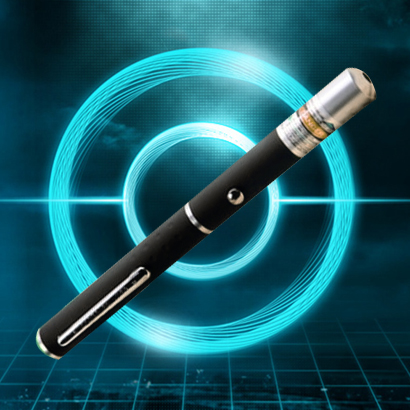Magnify a thin laser beam into a single ray. This allows you to cover a wider area and reduce the overall brightness (irradiance). This reduces glare blocking the line of sight as the laser passes through the pilot or pilot of a search and rescue vehicle. According to the seller of the laser flare, its irradiance is 1/1000 of that of a 100MW green laser pointer, but it can still alert rescuers. The red model above claims a range of 20 miles at night and 1-3 miles by day. The green version has a range of 30 miles at night and 3-5 miles during the day. Hand-held laser Pointers are limited to 5 milliwatts of visible light by US standards, but even at that level direct exposure can cause temporary flash blindness. If this happens repeatedly, or if someone blinks or is exposed to a laser and does not immediately look away, there is a risk of permanent eye damage.

According to science, laser Pointers are sensitive to heat and can damage eyes and skin. If the laser is strong enough, it can cause permanent damage without causing flash reflections (usually less than 1 second). Therefore, not fully developed minors should stay away from green laser Pointers, so as not to cause harm. Ultra-accurate point measurement results are very necessary if the operation distance is quite long. In high-illumination workplaces, the user will have the most challenging task before choosing the right point measurement tool. A flashlight emits a relatively wide spectrum of light from multiple sources. Light is focused in a general direction by a parabolic mirror. Flashlights are designed to provide directional lighting over relatively short distances. It penetrates and loses power quickly. The laser beam, on the other hand, hardly diffuses and retains its intensity over long distances. .
